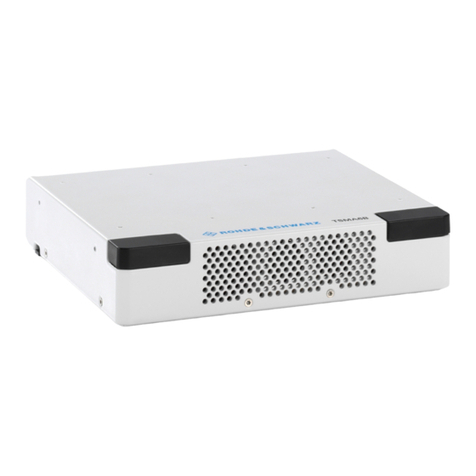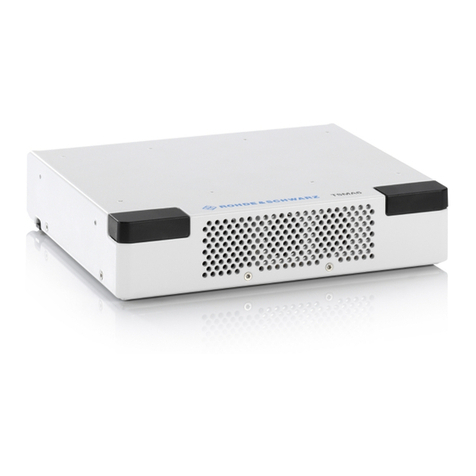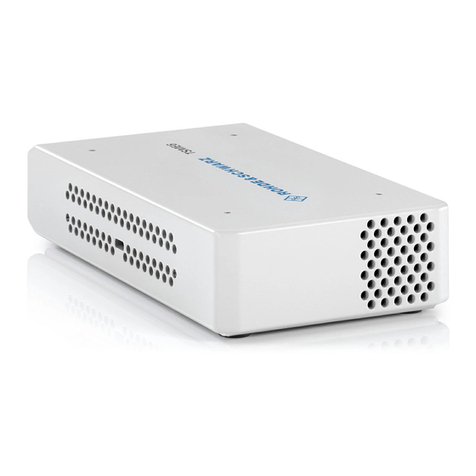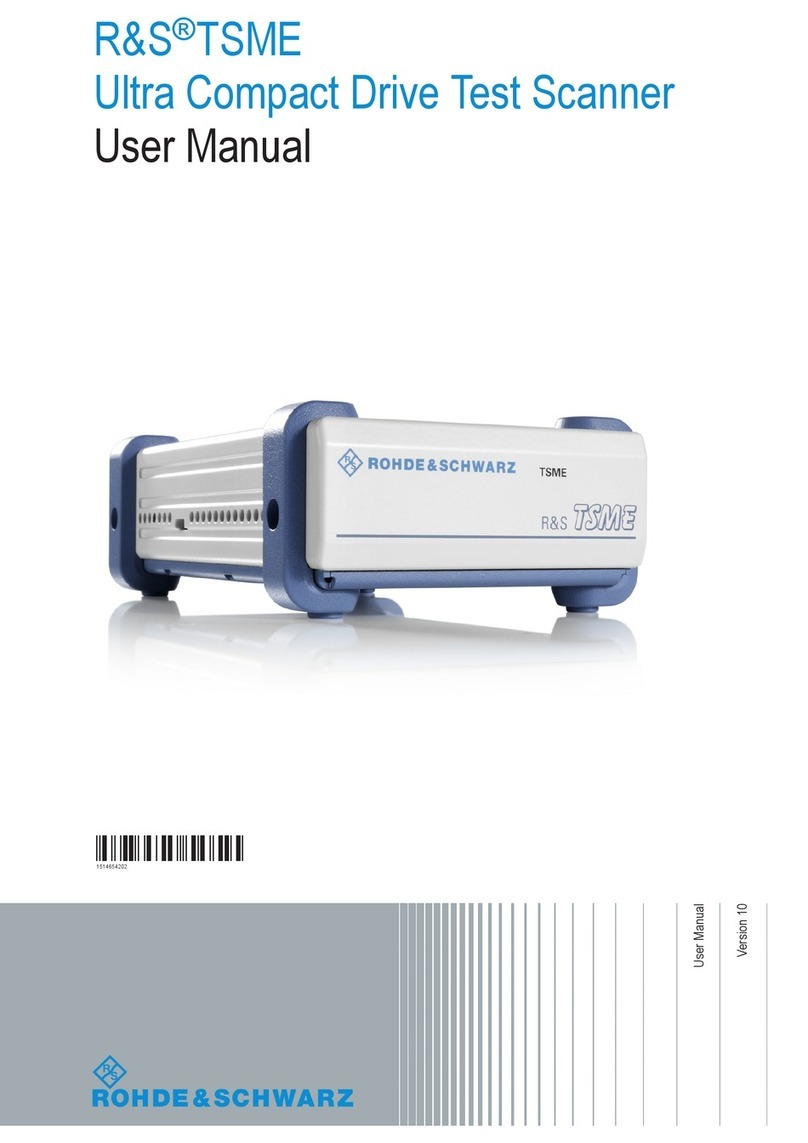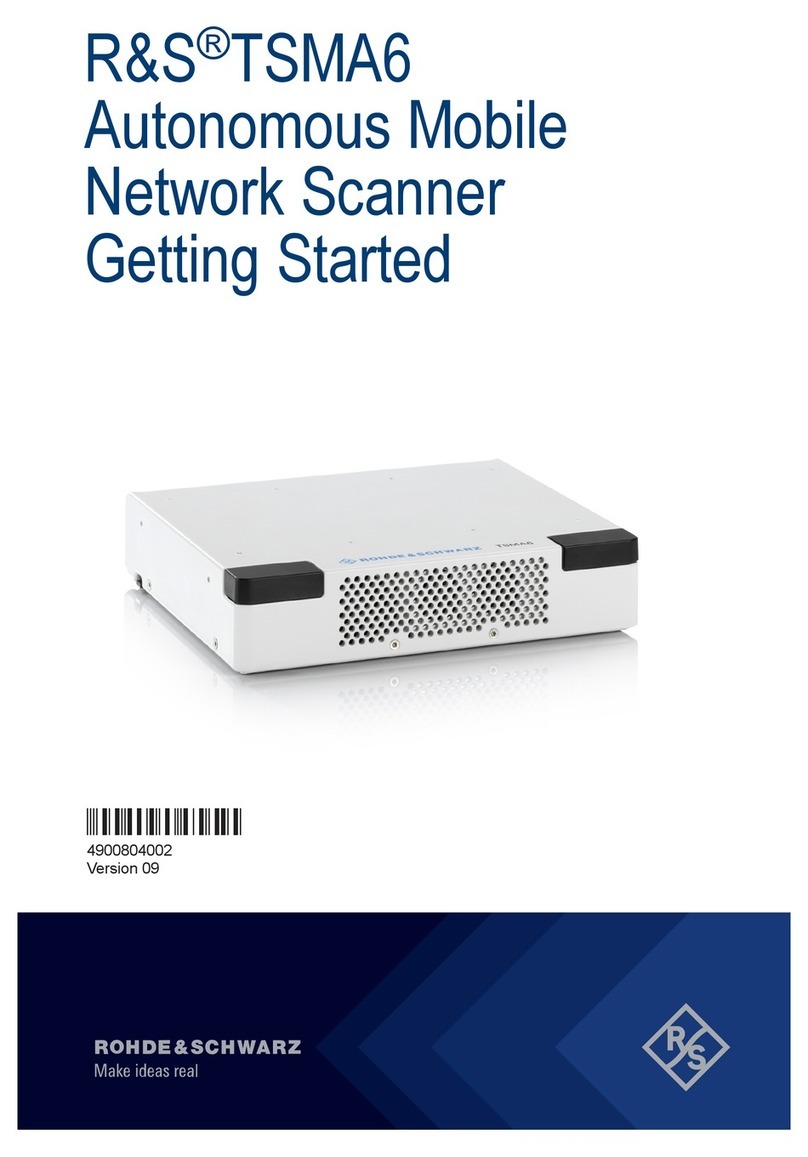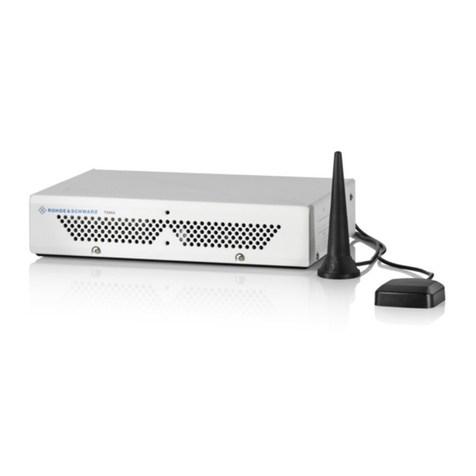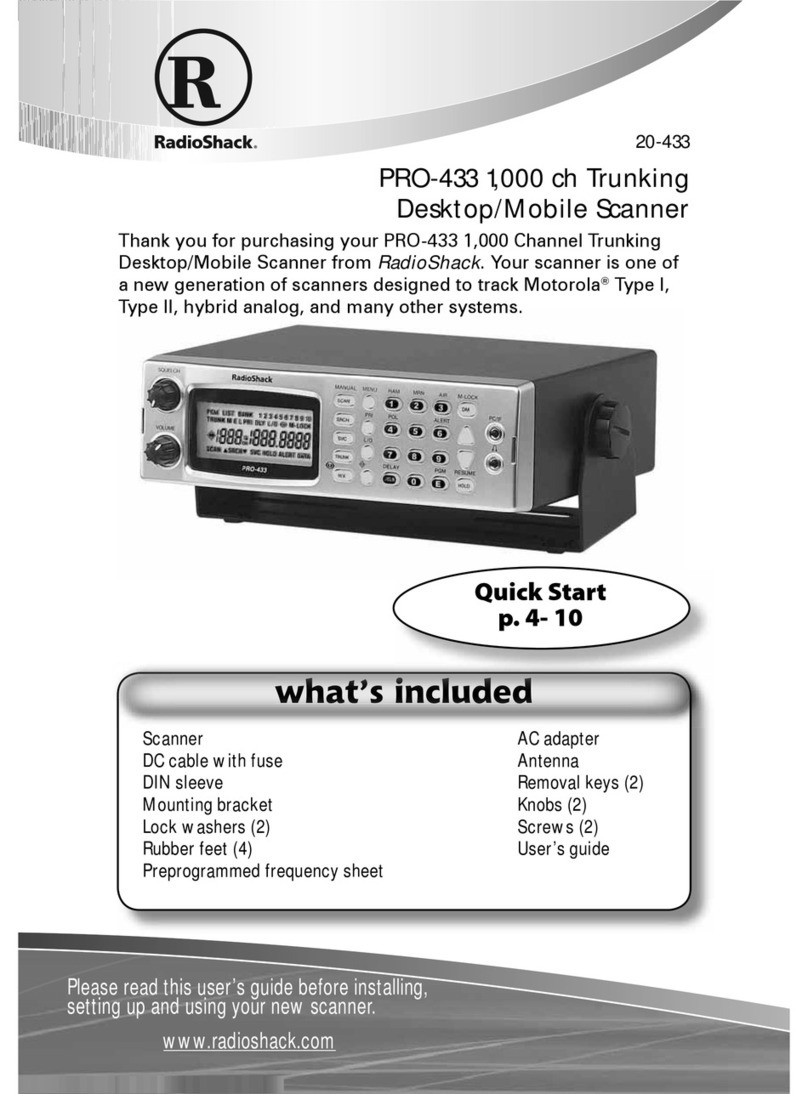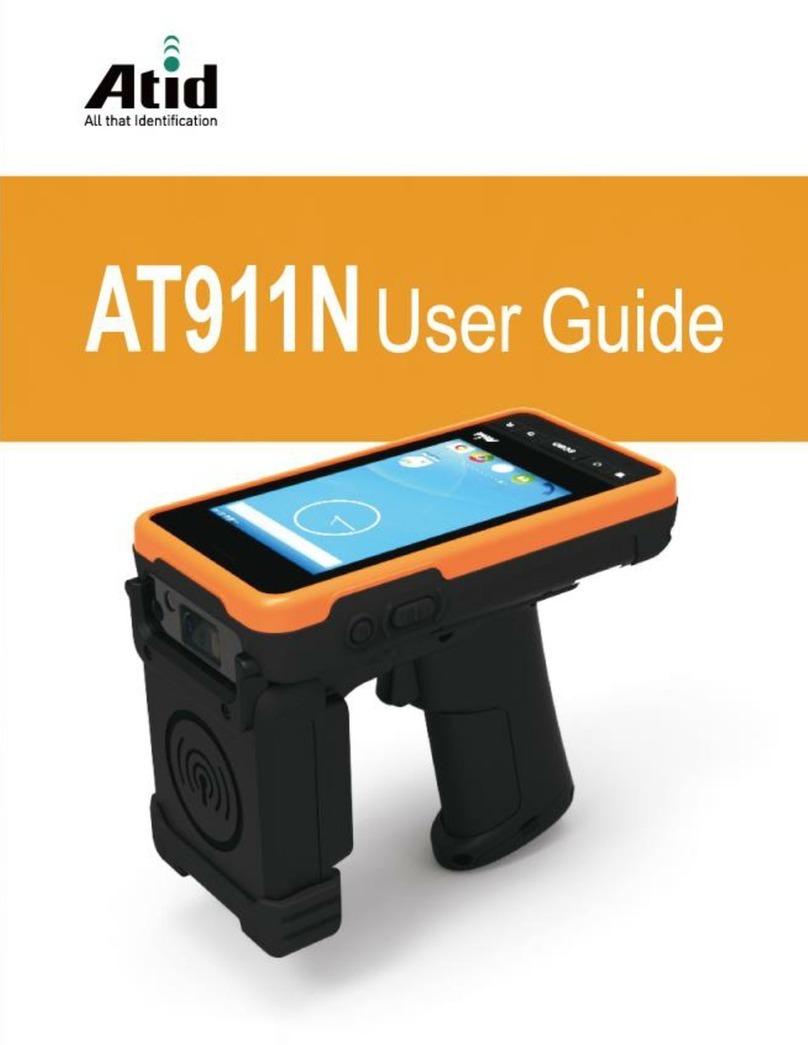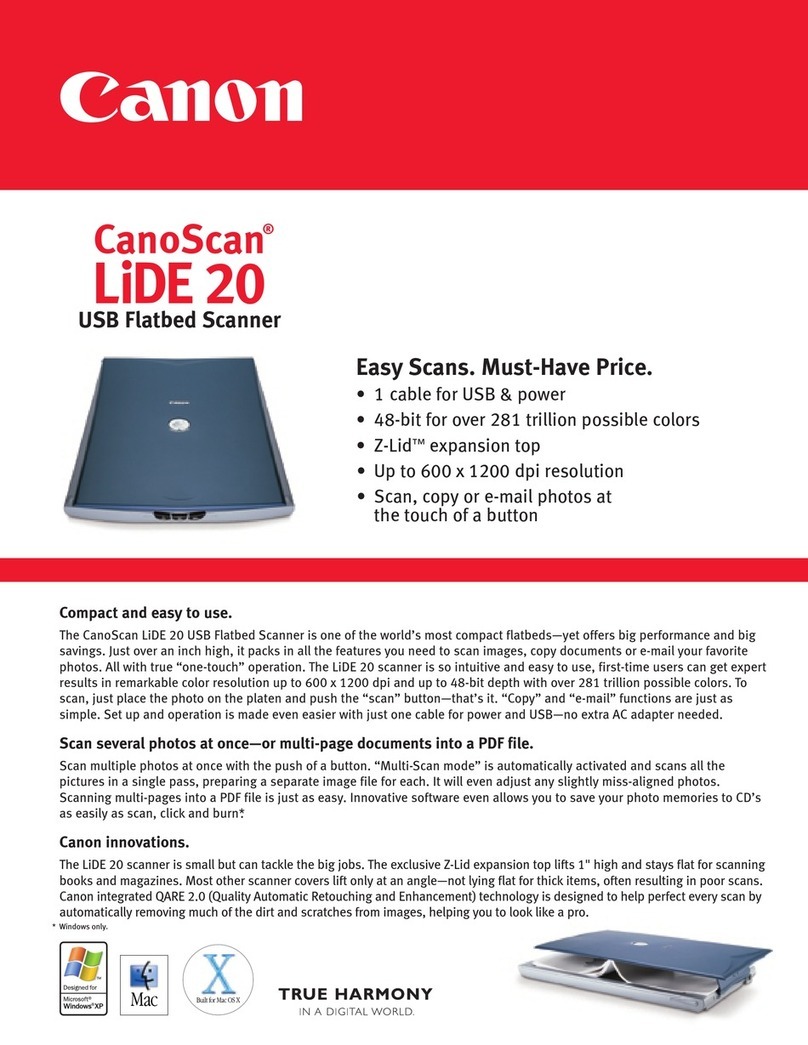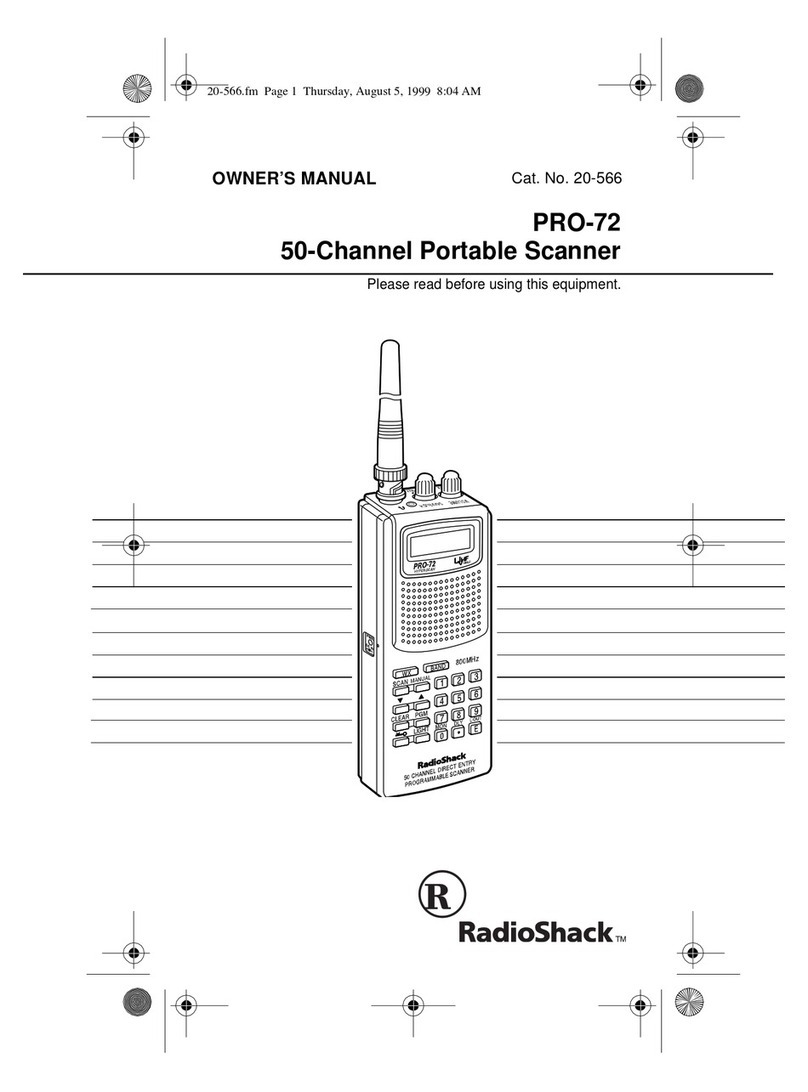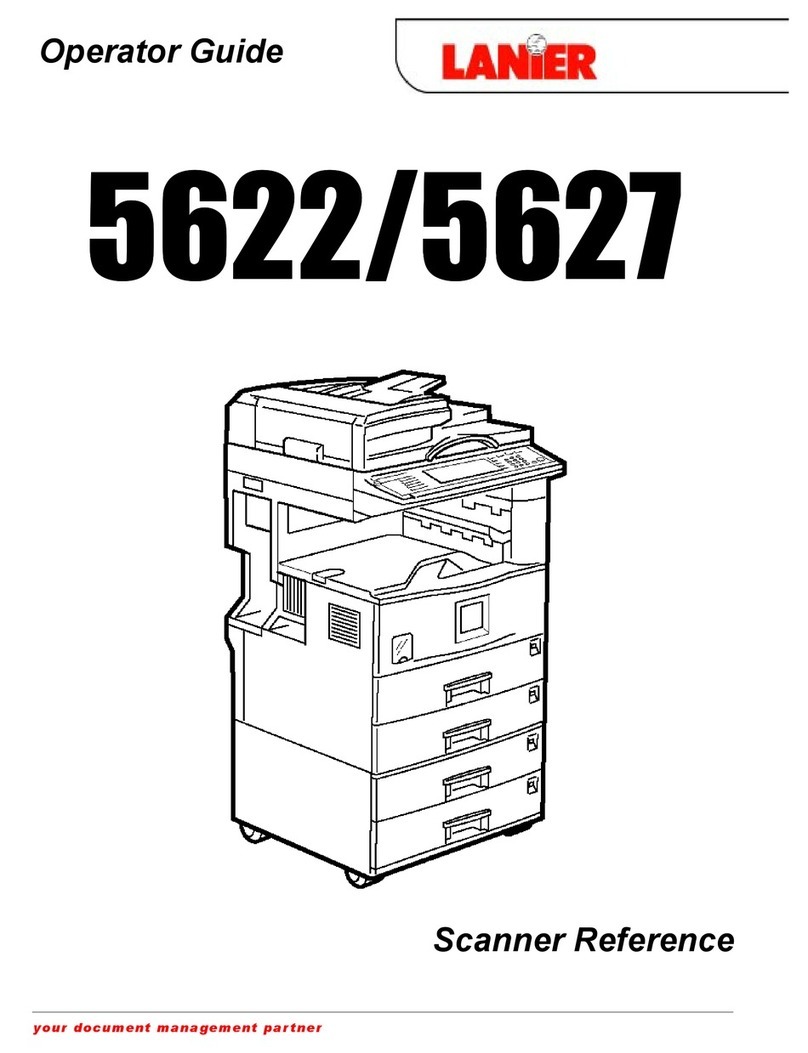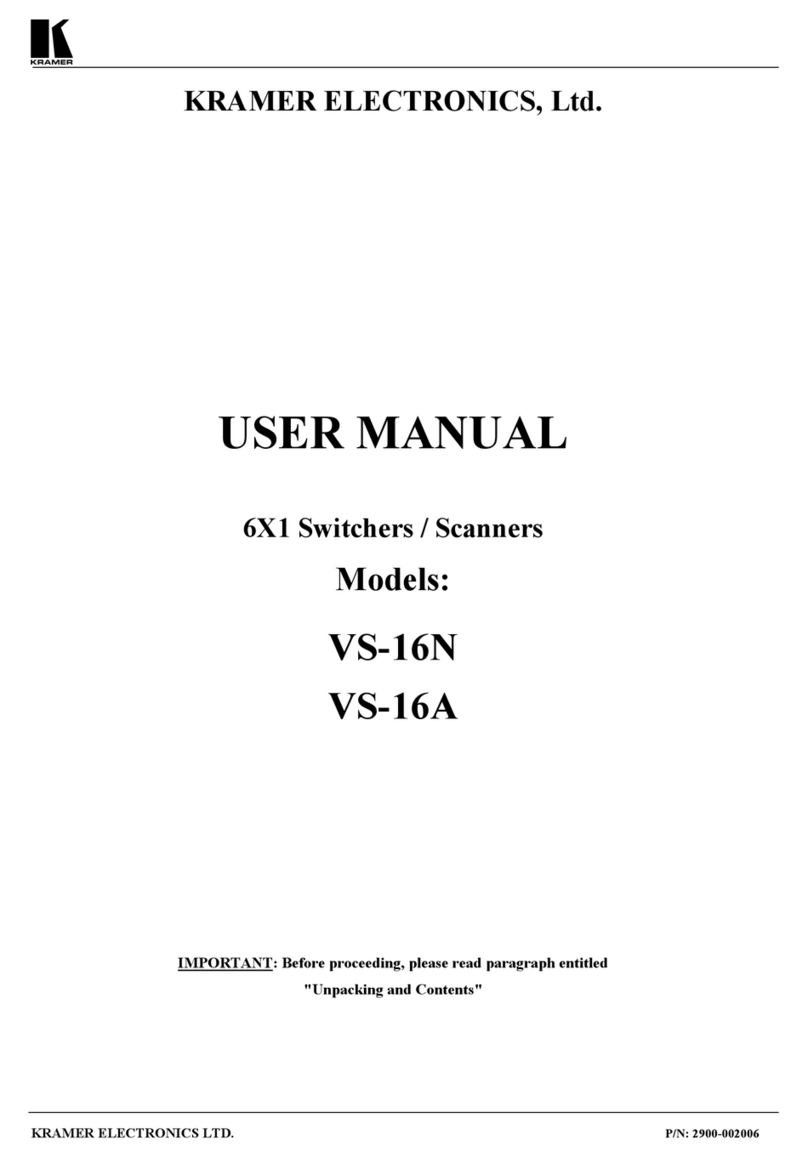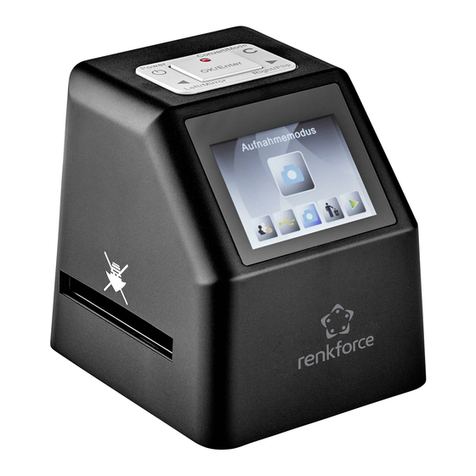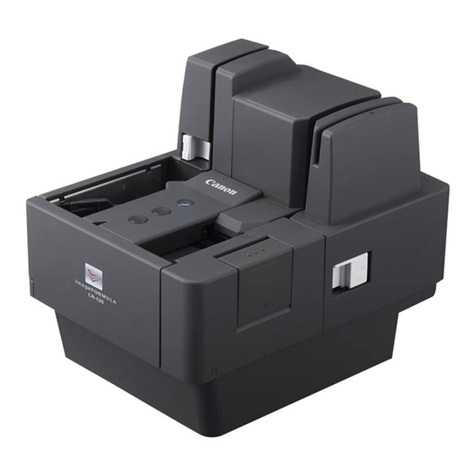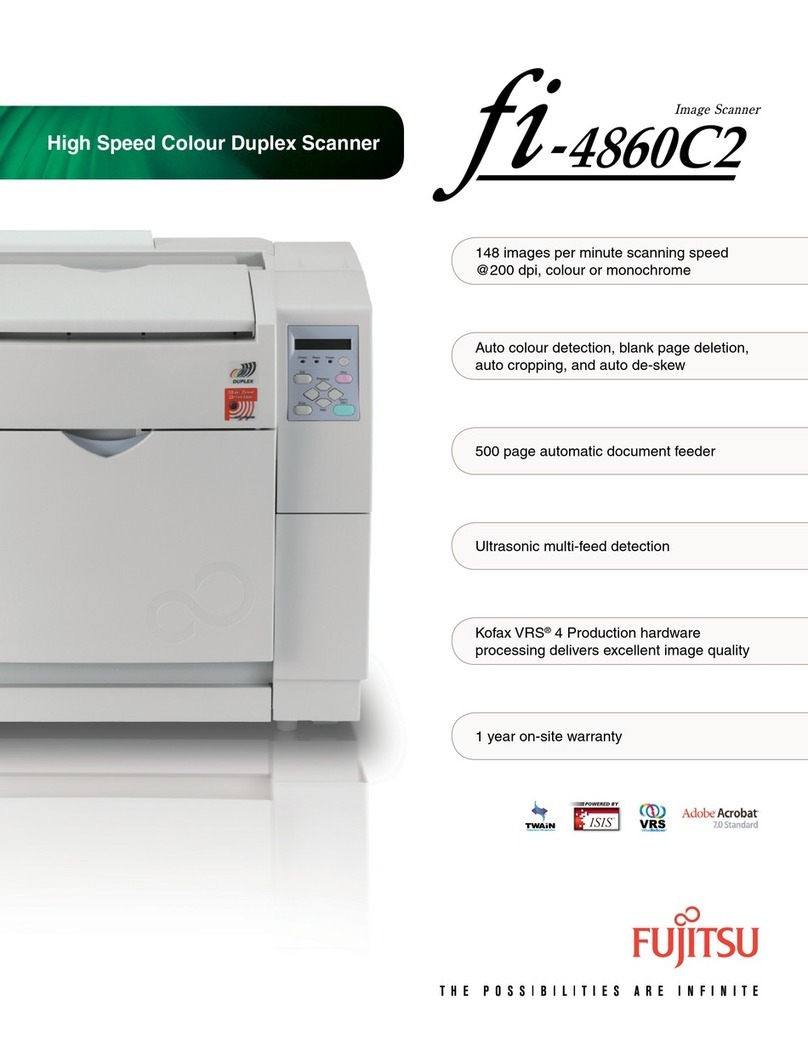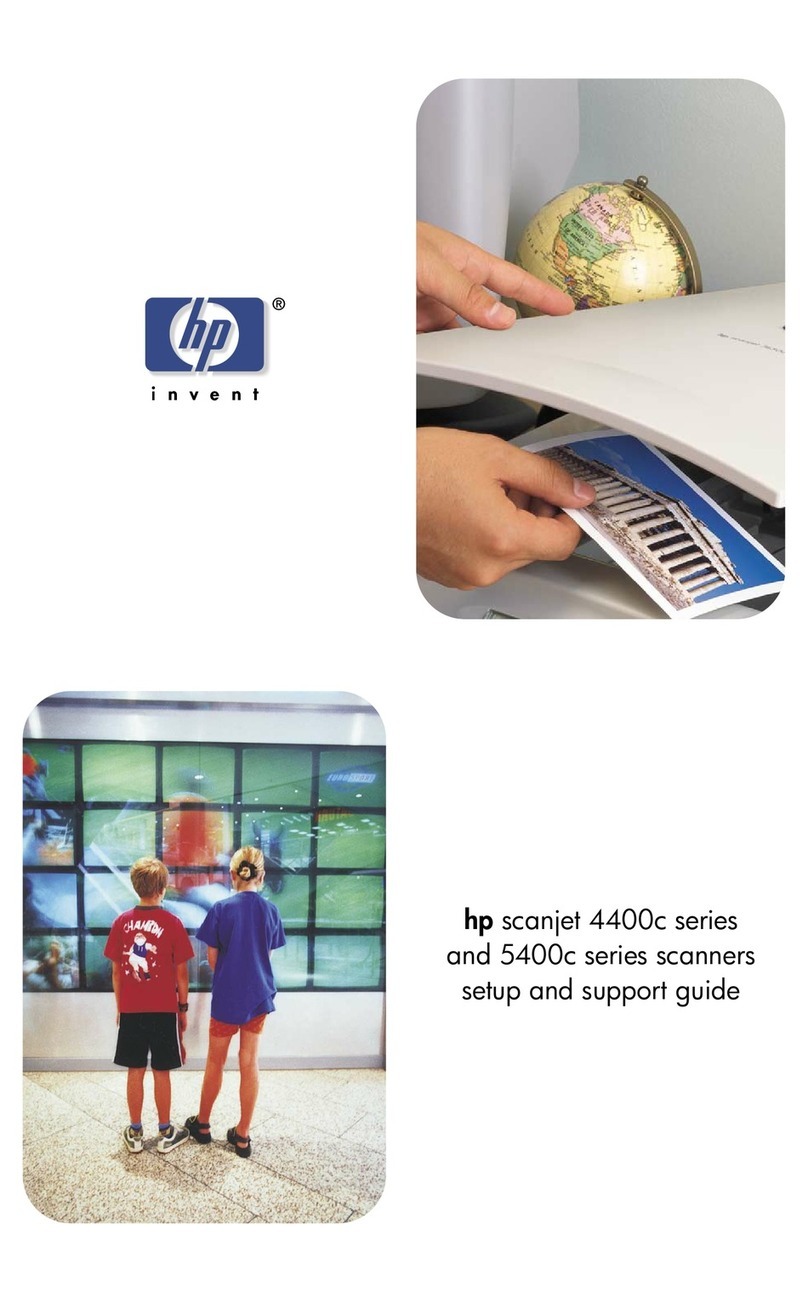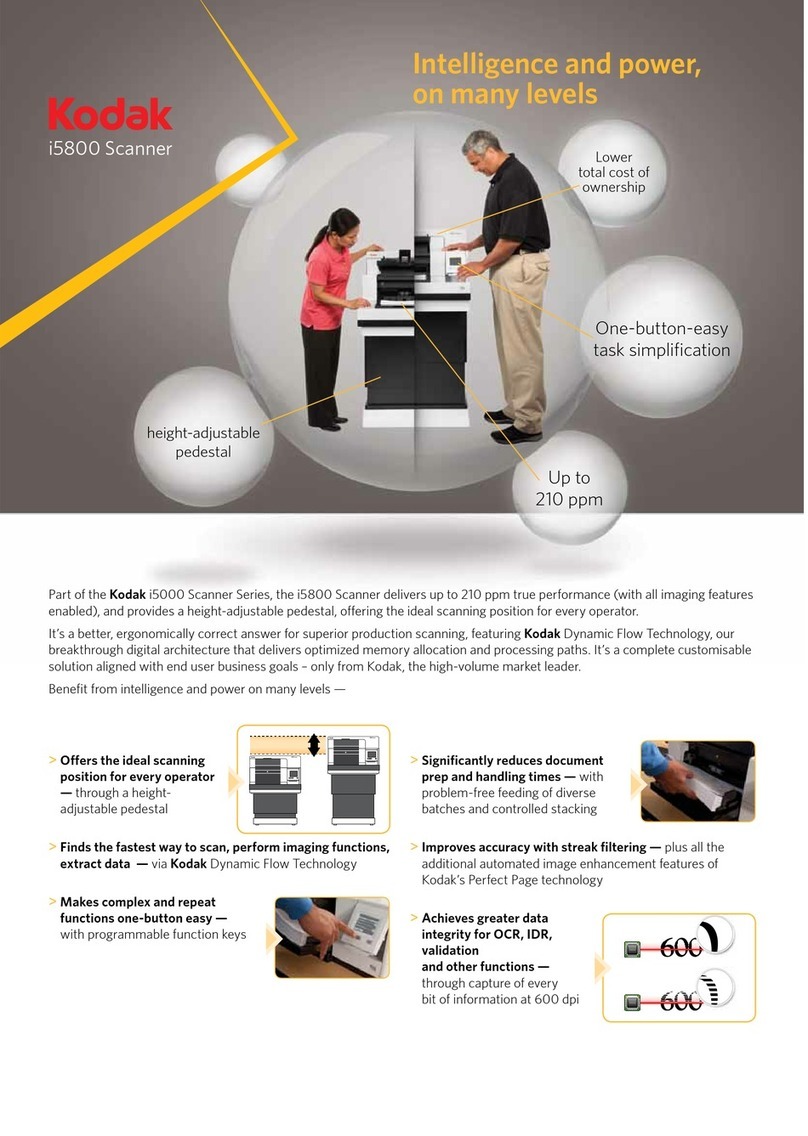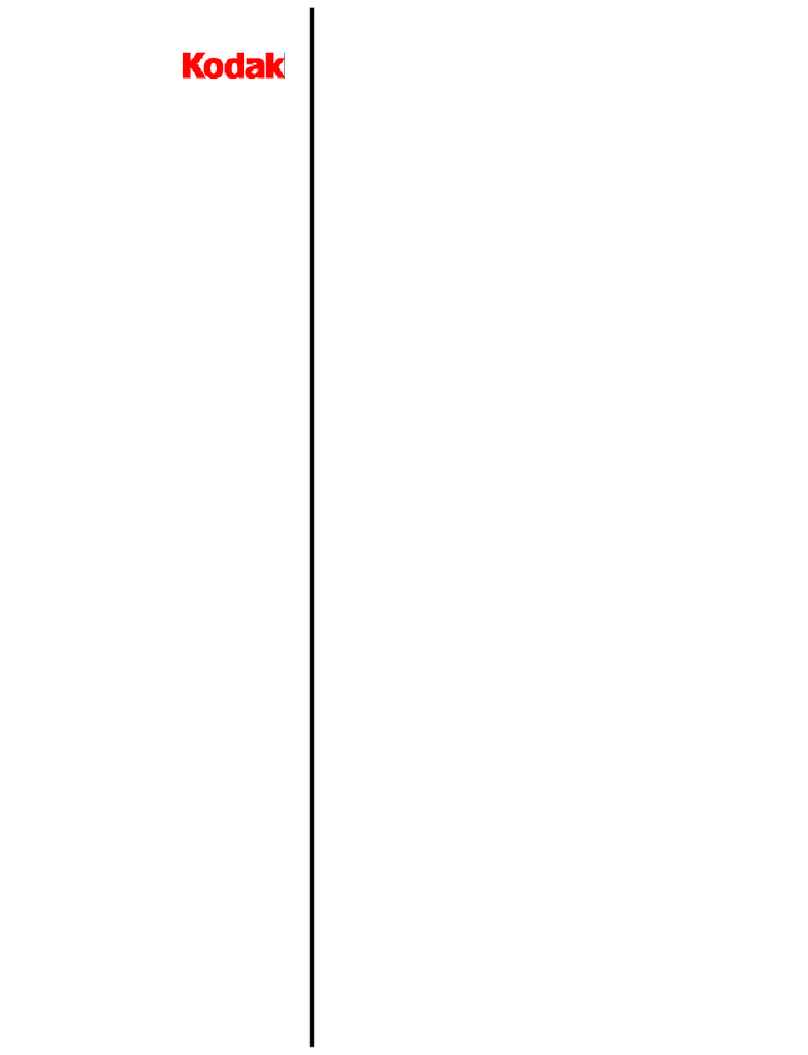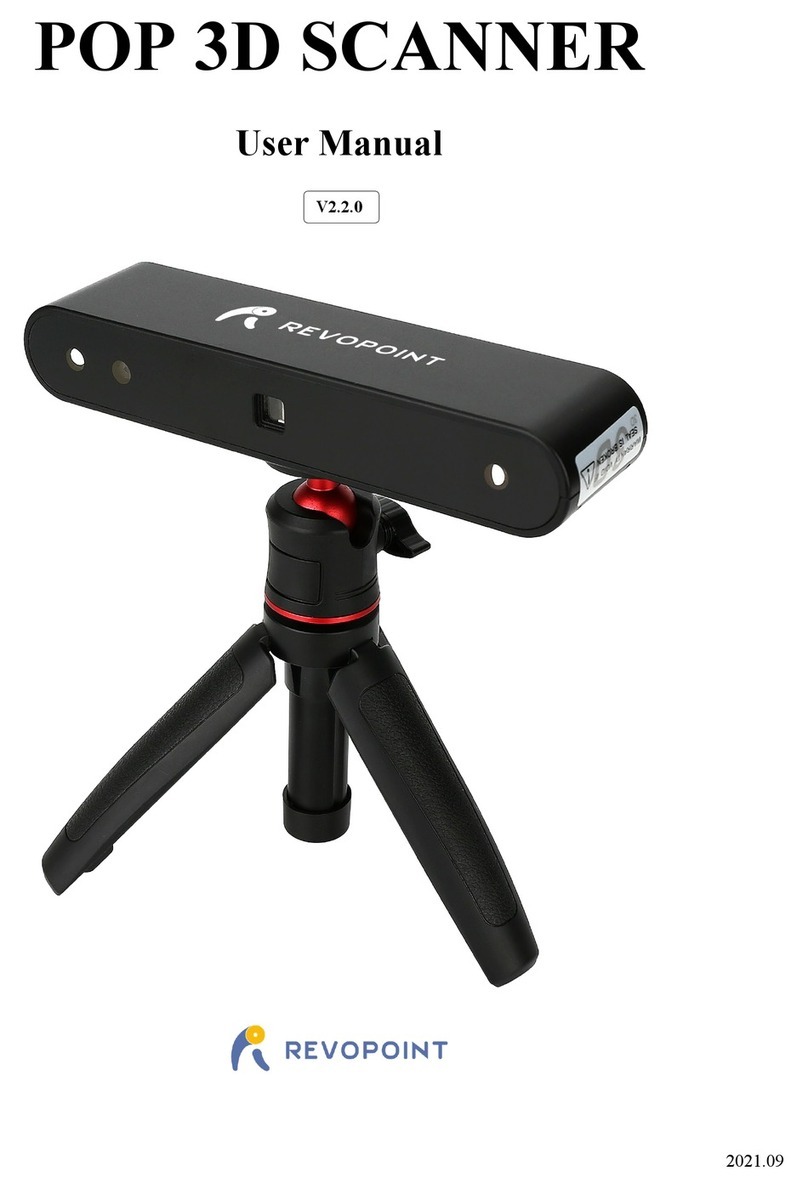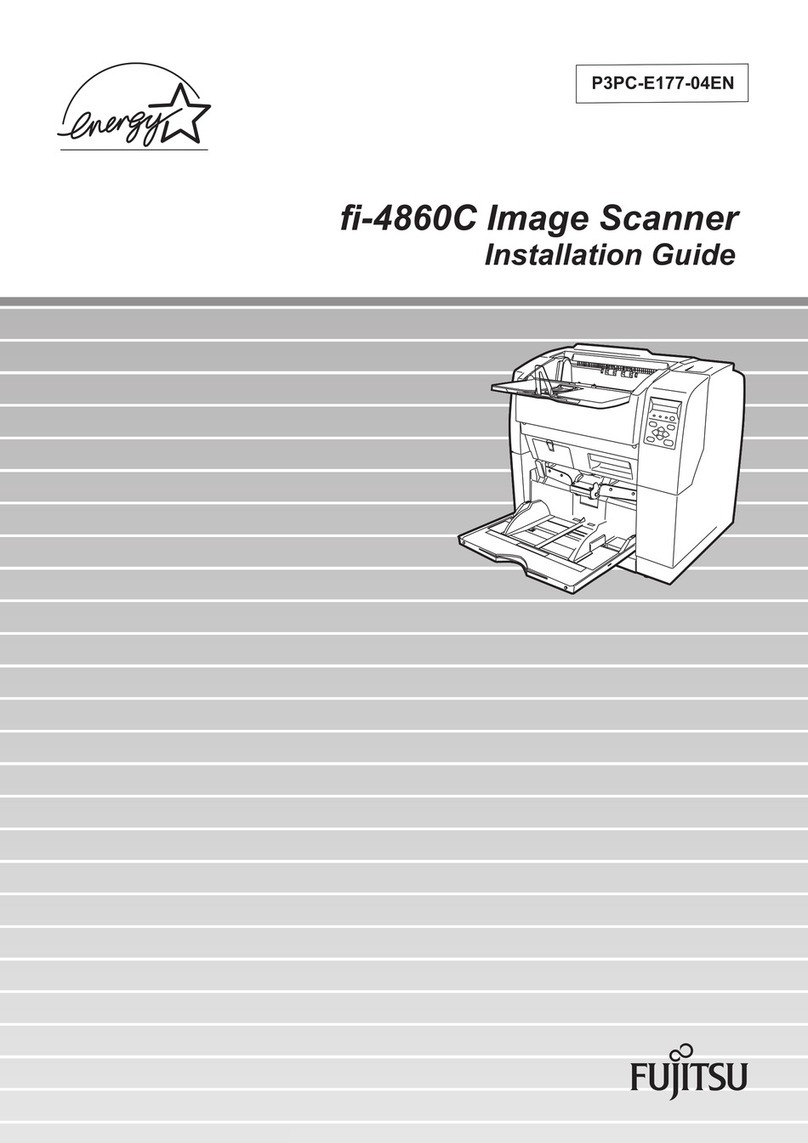
Preparing for Use
R&S®TSME6
10Getting Started 4900.0027.02 ─ 02
Instrument damage caused by electrostatic discharge
Electrostatic discharge (ESD) can damage the electronic components of the
instrument and the device under test (DUT). Electrostatic discharge is most
likely to occur when you connect or disconnect a DUT or test fixture to the
instrument's test ports. To prevent electrostatic discharge, use a wrist strap
and cord and connect yourself to the ground, or use a conductive floor mat
and heel strap combination.
Risk of instrument damage during operation
An unsuitable operating site or test setup can cause damage to the instru-
ment and to connected devices. Ensure the following operating conditions
before you switch on the instrument:
●The instrument is dry and shows no sign of condensation.
●The instrument is positioned as described in the following sections.
●Signal levels at the input connectors are all within the specified ranges.
EMI impact on measurement results
Electromagnetic interference (EMI) may affect the measurement results.
To suppress generated electromagnetic interference (EMI):
●Use suitable shielded cables of high quality. For example, use double-
shielded RF and LAN cables.
●Always terminate open cable ends.
●Note the EMC classification in the data sheet.
●Unpacking and Checking the Instrument.........................................................11
●Accessory List................................................................................................. 11
●Cascading R&S TSME6s................................................................................ 11
●Connecting the DC Power Supply...................................................................16
●Setting Up the LAN Connection to the Host PC..............................................18
●Connecting External Devices.......................................................................... 26
●Connecting a Kensington Lock....................................................................... 27
●Enabling Untethered Dead Reckoning ...........................................................28
Putting into Operation

